The CMP Review — Week of August 18
August 18, 2025
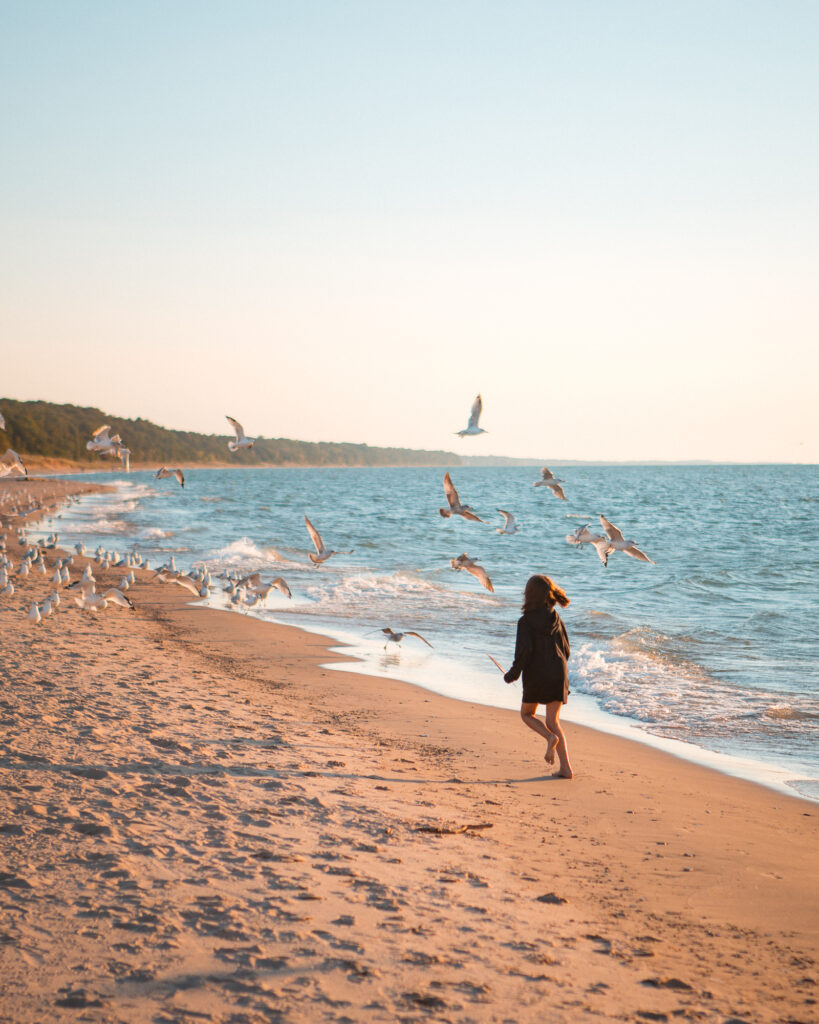
“My stipulation is that oral lessons should be like the visits of angels, and that the child who has to walk through life, and has to find his intellectual food in books or go without, shall not be first taught to go upon crutches.”
— Charlotte Mason
@artmiddlekauff
📷: @dave_stillwell
August 19, 2025
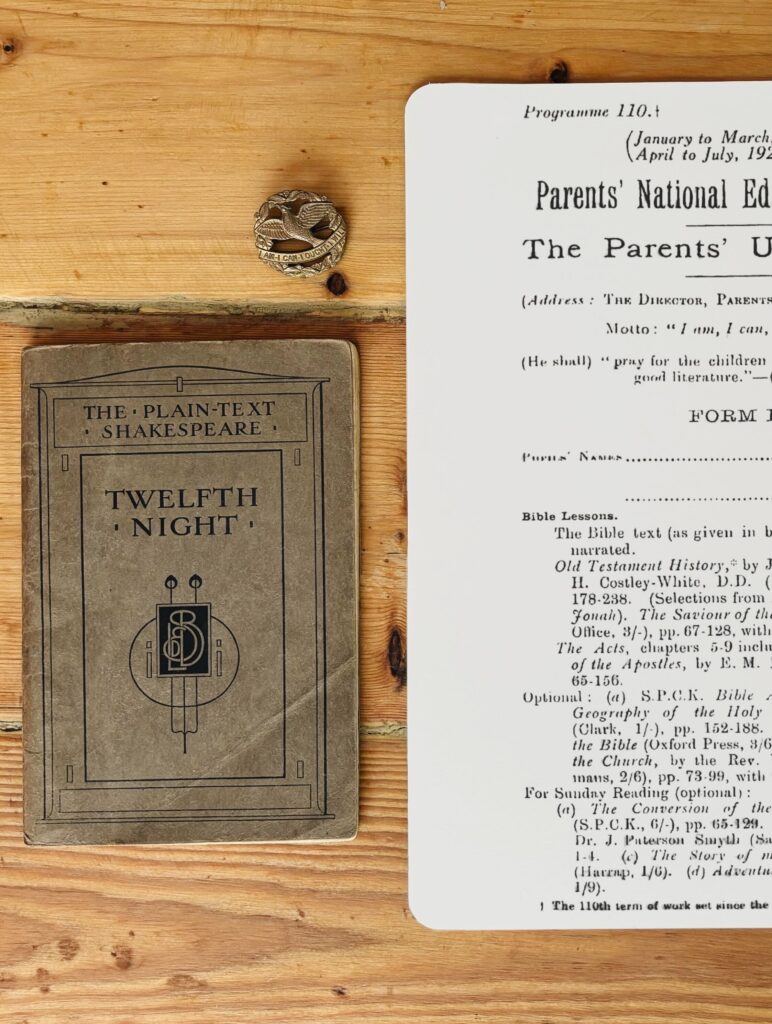
In 1925 Edward Bolton found himself headmaster of a small rural school. He was dissatisfied with how the children were being taught, and he knew they were capable of something more. A lecture about Charlotte Mason sparked his interest, and soon he was reading her books.
In 1927 he adopted the PNEU programmes and noticed a difference in the students after only one year. He became an advocate of the Mason method, sharing about the results in the 1928 Parents’ Review. Read or hear his inspiring report here.
@artmiddlekauff
August 20, 2025
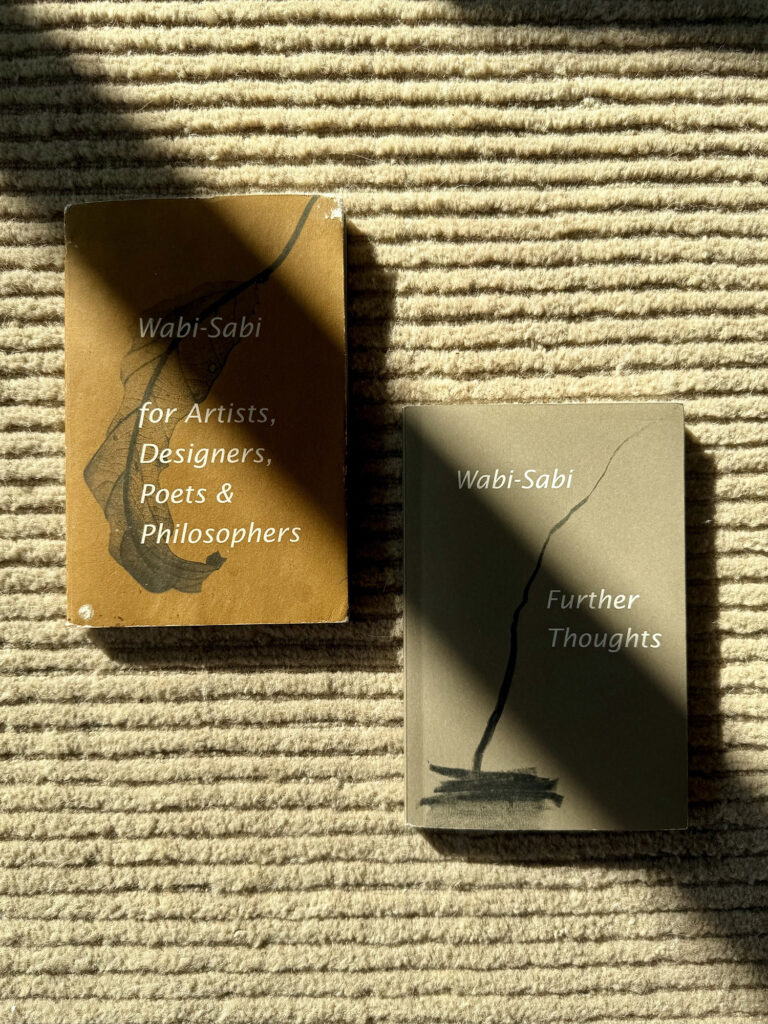
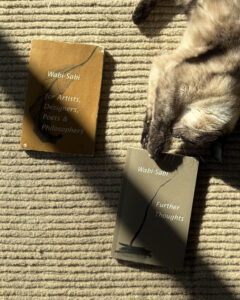
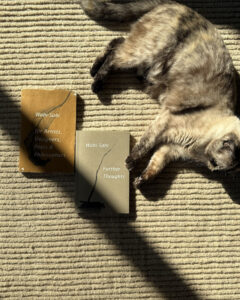
The Wabi-Sabi state of mind includes the acceptance of the inevitable and the beauty of things impermanent… as demonstrated here by Antoinette.
Having just finished Leonard Koren’s Wabi-Sabi for Artists, Designers, Poets & Philosophers (published in 1994), I wondered about its subtle qualities and nature of existence in our digital age. Happily, the author had Further Thoughts published in 2015 and I’m about to dive in.
Have you read these or are you interested in aesthetics?
@rbaburina
August 21, 2025
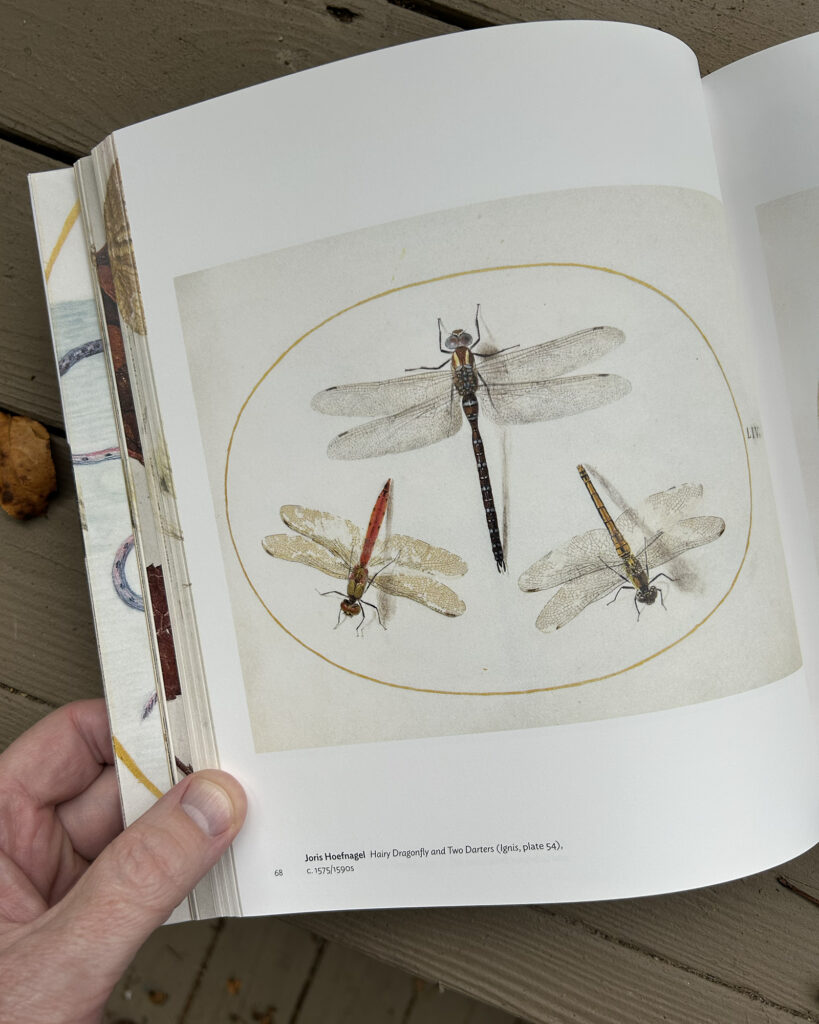
When I was in Washington, DC earlier this month I took a break from the Library of Congress to visit one of my favorite sites, the National Gallery of Art. There I was surprised by the special exhibit entitled “Little Beasts: Art, Wonder, and the Natural World,” which runs until November 2.
My eye was confronted by what I could only describe as a nature notebook — except that it was from the 16th century. There behind a glass case was an open booklet (really, it looked like a sketch book) by Joris Hoefnagel. But the images were like nothing I’d ever seen.
I learned later that this gifted artist and naturalist did not simply use watercolor. He also incorporated the actual scales of dragonflies in his representations, and in his images of butterflies, he added specks of gold (yes, the metal) to catch the light.
As I gazed in wonderment at the open book, I thought about Charlotte Mason, the House of Education, nature notebooks, and the link between art and science. But more than that, I thought about the gift of art and the gift of beauty that Hoefnagel left behind. If you can make it, I urge you to see it live. No photograph can capture the realism of his work.
@artmiddlekauff
August 22, 2025
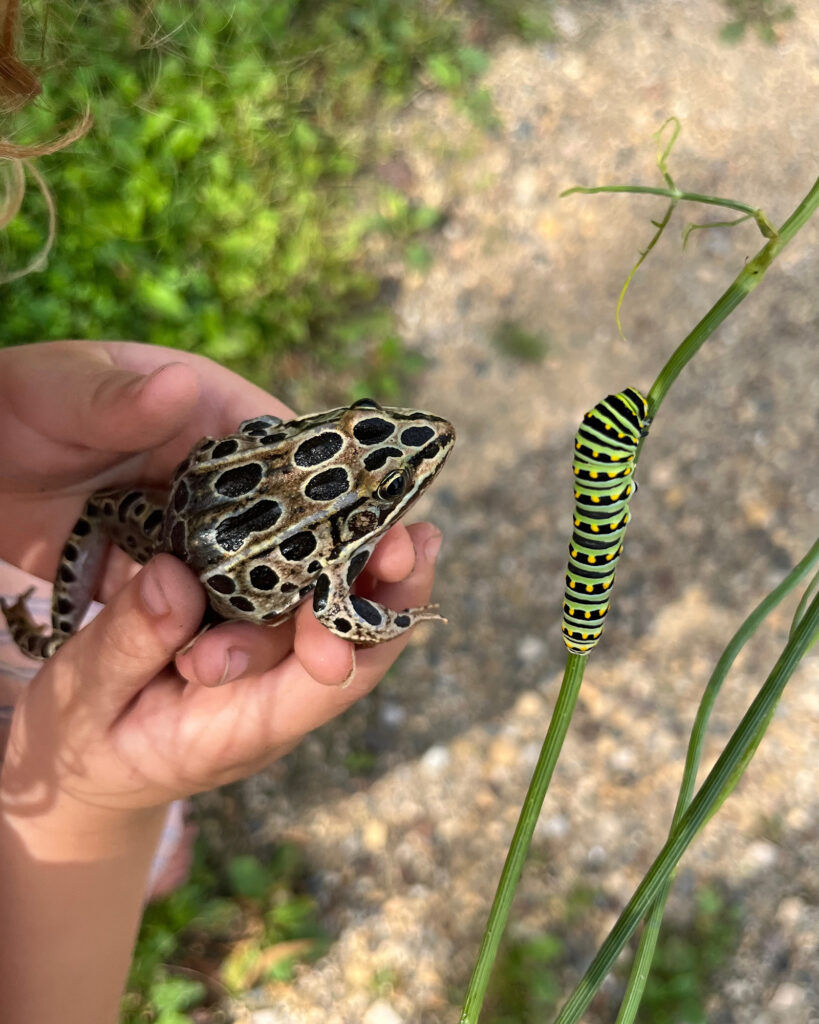
I had the best day a couple of days ago.
I was heading out for a morning walk when my 4-year-old neighbour saw me and asked if I was going for a walk (yes, I was!) and if she could come with me (yes, she could!). She asked her parents and off we went for an informal nature ramble around the block, chatting about this and that. Along the way, we stopped to look at various flowering plants and weeds in ditches; we wandered around trees laden with crab apples, pears, and chokecherries; we stood and watched a row of trembling aspens quivering in the breeze; we stalked a few birds; we looked at the clouds; and we came home quite satisfied with our walk. Nothing out of the ordinary. Just the regular beauty of the everyday.
A few hours later I was sorting through some cut flowers, when I found this black swallowtail caterpillar, chomping happily on some greenery.
I picked up the stem and quickly ran outside with it to share my find with the neighbourhood children who were playing outside. I headed down the driveway, and who do I see running towards my house but my little 4-year-old friend, on her way to show me a find of her own! She was coming to show me this beautiful northern leopard frog. She was thrilled. (Her mom later told me she had been trying, unsuccessfully, to catch a frog all summer. So this was a doubly special moment!)
We stood in awe of both the frog and the caterpillar. We talked about what we were seeing. We looked more closely. We told each other the tale of where we had found them. We reveled in the beauty of these creatures for a few moments.
Then we went to release the frog in a nearby ditch. And we brought the caterpillar to the safety of a zinnia and parsley patch in my garden, hidden towards the bottom of the plants, to shelter it from the view of the birds.
All in all, a lovely time spent with an inquisitive little girl who loves nature and who has much to share about what she is seeing!
It really is true. The flowers are not new, but the children are!
I’m so blessed to be able to see these things anew, through the eyes of my precious little friend!
@antonella.f.greco
August 23, 2025
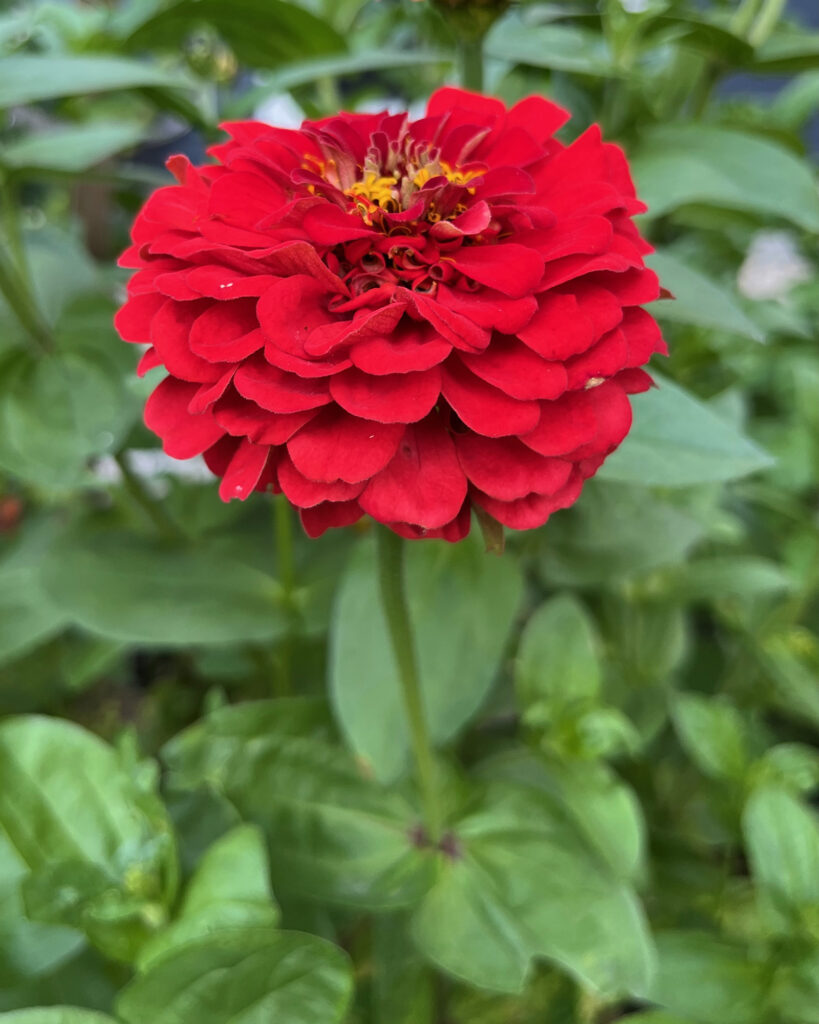
Do you have a favourite thing to garden?
This year, I think the zinnias are at the top of my list. They are so pretty.
In the fall, my neighbour and I just grabbed bunches of seeds from blooms left to dry in both of our zinnia patches. I mixed mine up to store and this spring I just planted a random assortment of those seeds.
These ones are my favourite of the bunch!
@antonella.f.greco
August 24, 2025
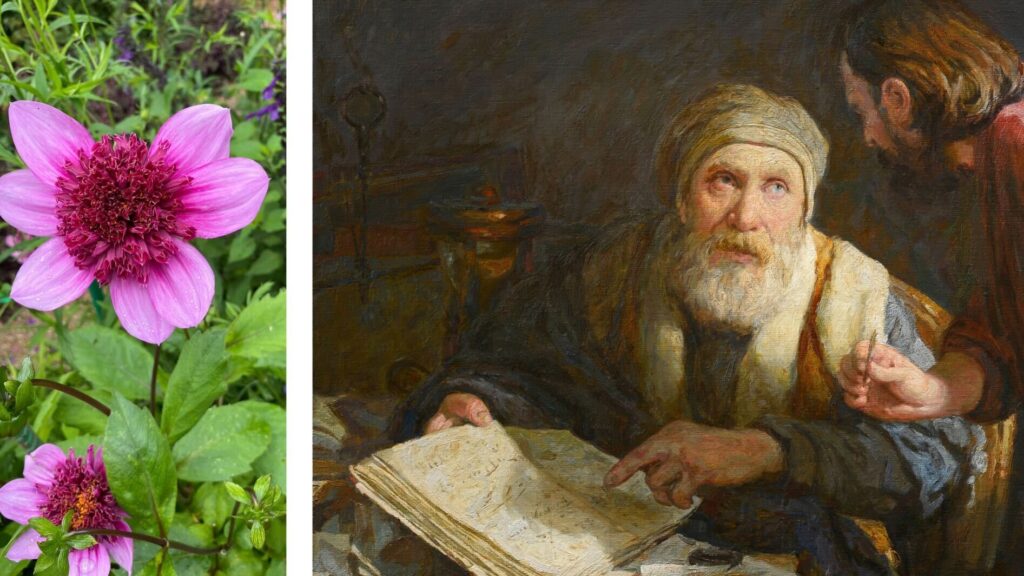
“In the Charlotte Mason Digital Collection,” I wrote, “there are several pages of handwritten papers from Mason’s early days. These may be journal entries, drafts for books, or other reflections. I find it difficult to read Mason’s handwriting, but … I was wondering if you might have time to take a look at some of these documents to see if you can read enough of each page to get a sense of what each page is about.”
The year was 2017 and I was writing to Linda Fern. Four days later she replied: “In this second document, … it appears to me that she is moving into working on another volume [of The Saviour of the World,] as the one we currently have ends with The Prodigal Son in Luke 15. Here, of course, she picks up on Luke 16 and calls it Book 1, Of Riches.”
“I think you’ve struck gold,” I replied. And indeed she had. For in this stack of barely legible pages, Linda would identify twenty poems that were intended to be published as Charlotte Mason’s seventh poetry volume. To my knowledge no one even knew of their existence, much less of their content.
Linda Fern and Antonella Greco then painstakingly analyzed each handwritten letter to transcribe Mason’s twenty last Gospel poems. And now Antonella has recorded them too. Today we present the poem that “picks up on Luke 16.” Read or listen to “The disciples learn about riches” here.
@artmiddlekauff
🖼️: Parable of the Unjust Steward by A. Mironov